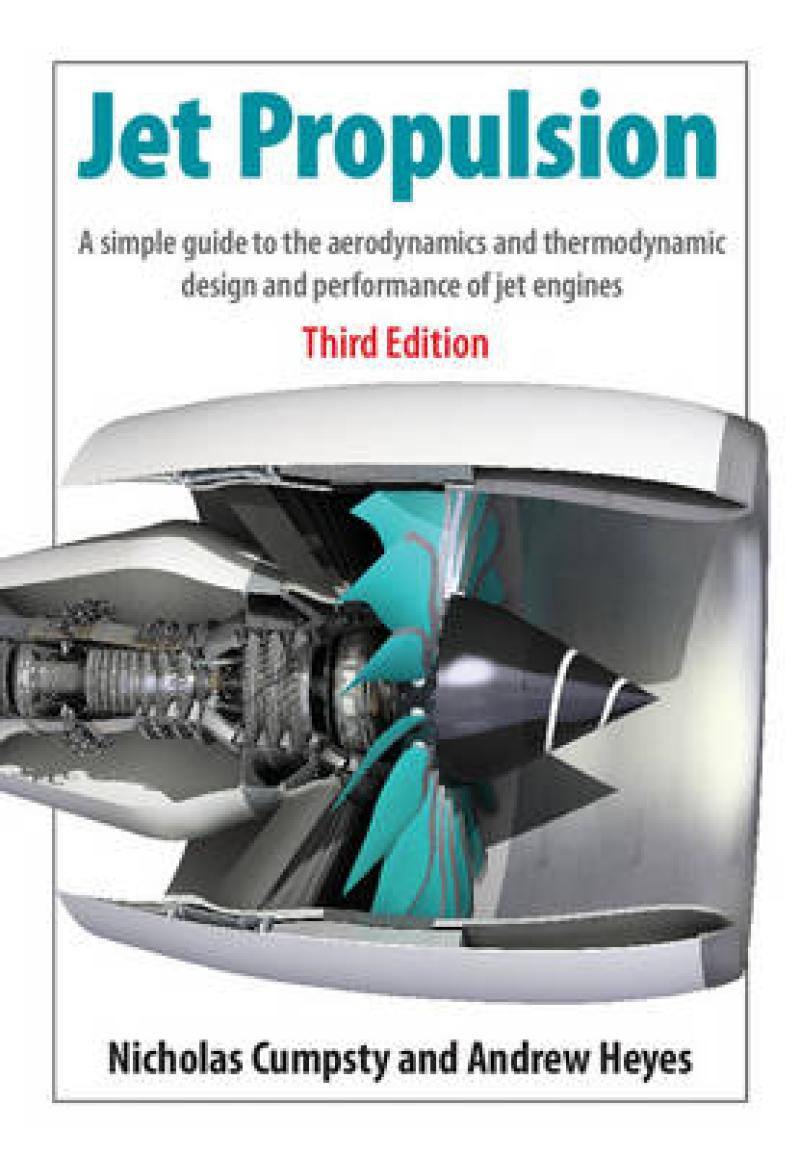'This book provides an excellent overview of the thermodynamic analysis and performance of turbojet based engines for the aircraft industry. ... The book includes an excellent set of example questions for each section which are given a relevant contemporary context. ... This is an excellent resource for anyone wishing to use this as a textbook as part of an undergraduate aerospace engineering programme. The authors have used their extensive industrial links to develop a textbook that is not only useful to undergraduate students on any programme covering aero gas turbine engines but would find a suitable place on the desk of professionals working in the industry.' K. L. Smith, The Aeronautical Journal
